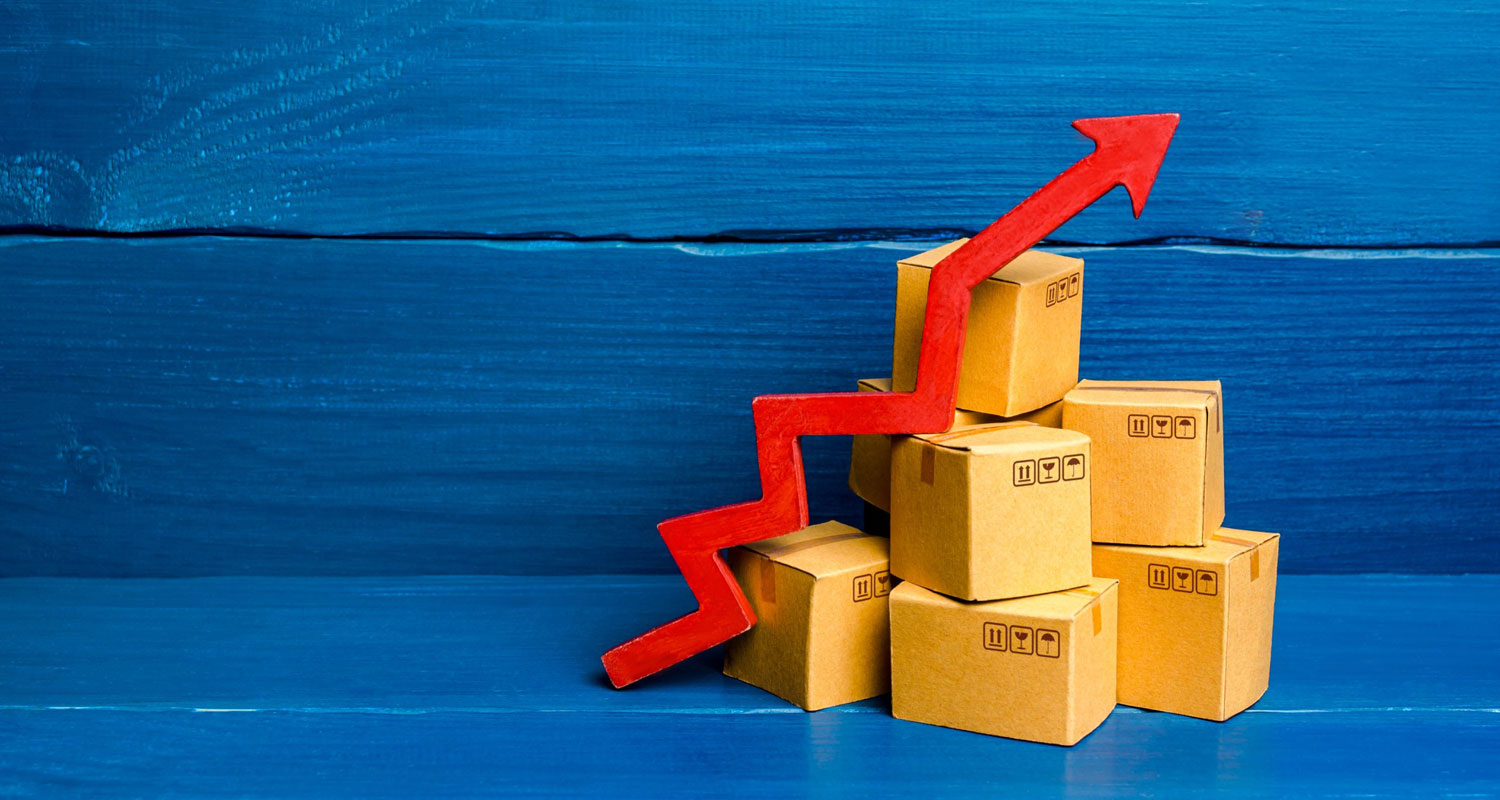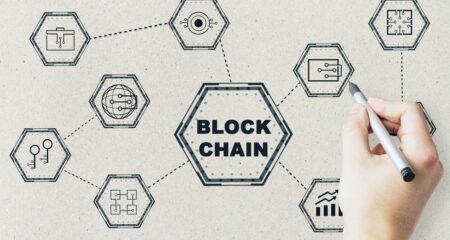 South Africa’s economy probably avoided a contraction in the second quarter, despite record power cuts, logistical constraints and sagging consumer confidence.
South Africa’s economy probably avoided a contraction in the second quarter, despite record power cuts, logistical constraints and sagging consumer confidence.
In the view of analysts polled between 4 and 10 August, the economy stagnated quarter on quarter, compared with a forecast for a 0.1% contraction last month.
Better-than-expected mining and manufacturing output contributed to their revised projections. The sectors that make up more than a fifth of total GDP grew 1.5% and 2.3%, respectively, in the three months through to June, according to data published by Statistics South Africa last week.
“The supply side of the economy seems to have stabilised, despite ongoing load shedding and domestic logistical constraints,” said Jee-A van der Linde, a senior economist at Oxford Economics Africa.
The data supports the view that many big businesses are adapting and insulating themselves from load shedding by building their own generation capacity, Absa Group economists led by Miyelani Maluleke said in a research note.
Although the data implies modest economic growth in the second quarter, high living costs and restrictive monetary policy are weighing on consumer demand, Van der Linde said.
The FNB/BER Consumer Confidence Index recorded its second lowest reading since 1994 in the quarter, indicating tremendous concern among consumers about South Africa’s economic prospects and their household finances, according to First National Bank.
Household spending comprises about two-thirds of GDP.
Policy tightening
The central bank paused its longest phase of monetary tightening since 2006 last month after raising borrowing costs by 475 basis points since November 2021. Inflation remains above the 4.5% midpoint of the target range at which it prefers to anchor price-growth expectations.
Policymakers predict headline inflation will only reach the midpoint in 2025. The statistics agency is scheduled to publish GDP data for the second quarter on 5 September. — (c) 2023 Bloomberg LP




